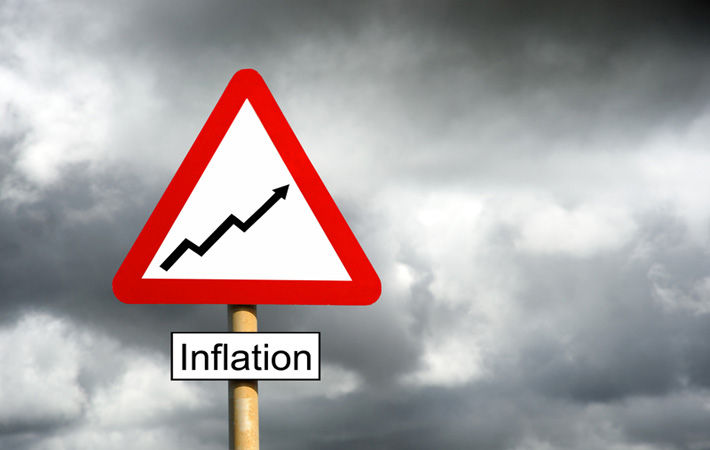Credit and financing conditions are largely favourable in the run-up to 2022, according to S&P Global Ratings, which recently said factors, including high cost inflation and the new COVID-19 Omicron variant, could pose a significant risk to that stability. Surging global demand, extraordinarily benign financing conditions, supply chain strains, soaring energy prices and higher global leverage have all been triggered by the shock of COVID-19, it said.
In its report titled ‘Global Credit Outlook 2022: Aftershocks, Future Shocks, and Transitions’, S&P Global said although credit momentum remains positive—with financing conditions supported by fiscal and monetary policy and solid economic growth—the recovery’s foundations are vulnerable to setbacks in light of the new omicron variant, uneven vaccination rates globally, and high inflation.
“High inflation and lingering high prices tied to supply chain issues and increasing energy prices could push major central banks to hike rates sooner and faster, triggering volatility and sharp market repricing. These risks are amplified by higher global leverage compared to the pre-pandemic environment. It is difficult to ignore the weaker rating distribution of speculative-grade nonfinancial corporates, over 30 per cent of which are still rated ‘B-‘ or below. We are not out of the woods yet,” Alexandra Dimitrijevic, head of global research at S&P Global Ratings and co-author of the report, said in a press release.
Credit and financing conditions are largely favourable in the run-up to 2022, said S&P Global Ratings. Factors like high cost inflation and the new Omicron variant, however, could pose a significant risk. Surging global demand, extraordinarily benign financing conditions, supply chain strains and soaring energy prices have all been triggered by COVID-19.
Headline and cost-inflation have exceeded most economists’ expectations this year, causing concern and pushing central banks to consider raising interest rates sooner and faster, in an aggressive monetary tightening that could trigger market volatility and repricing of financial and real assets.
The rating agency believes that inflation pressure will eventually wane and our base-case assumes an orderly exit path, with the tapering of asset purchases and a gradual increase in rates, but the risks of a disorderly exit are rising.
The monetary policy challenges are more immediate for emerging markets (EMs). Inflation has a greater impact on households in EMs, since spending on food, gas, and transport represents a larger portion of their disposable income than for developed market peers. The need to avoid social discontent has constrained the ability of some EM governments to stabilize finances affected by COVID-19.
Many EM central banks have already lifted interest rates and might be forced to run a more restrictive monetary policy for longer if inflationary pressures prevail, the report said.
The rating agency expects governments will seek to achieve a tricky balance between supporting growth and achieving fiscal rebalancing in 2022. As economies reopen, the recovery of tax revenue and the ending of temporary support measures should reduce government deficits next year. But they are still expected to remain above pre-pandemic levels in nearly all regions, as sovereigns will unlikely be able to implement serious revenue-increasing measures or reforms.
China’s policy shifts could bring long-term benefits but are likely to heighten credit stress and slow economic growth in the near term. The Chinese government will likely continue its reforms intended to promote ‘common prosperity’, which could lead to a welcome improvement in credit metrics in the longer term, the report said.
S&P Global Ratings estimates that global debt outstanding will increase $37 trillion in 2021—the size of US and China’s combined gross domestic product—to $225 trillion, in no small part due to the pandemic.
Global debt to GDP should fall from 2022 onward as incomes recover, particularly for the corporate sector. However, interplaying factors, such as policy shifts or inflation, could lead to a sudden tightening of financing conditions or markets, it added.
Fibre2Fashion News Desk (DS)

:max_bytes(150000):strip_icc()/Health-GettyImages-1333230386-993ef5fca5994b69bda4b5eab71bf89d.jpg)



